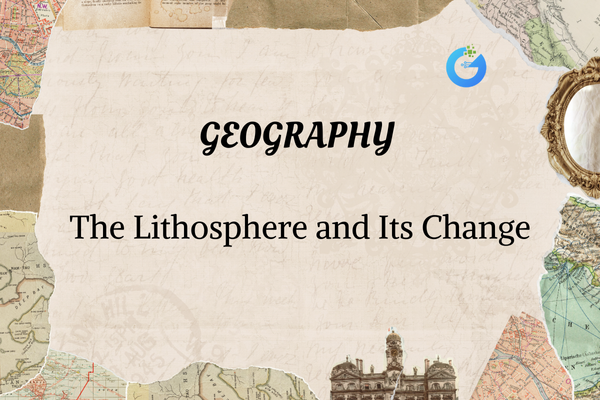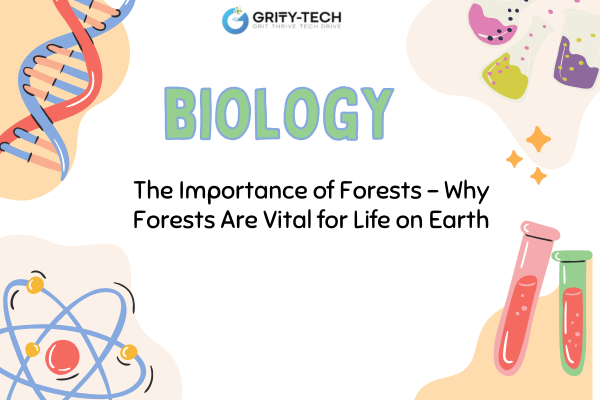Introduction:
Imagine the ground suddenly shaking beneath your feet, or a giant wave crashing onto the shore, or dark clouds forming a spinning cyclone in the sky. These are not scenes from a movie—they are natural disasters, powerful events caused by nature that can affect people, animals, and entire communities.
Natural disasters can happen suddenly or develop slowly over time. They often bring destruction, but with proper knowledge and management, we can reduce their impact and save lives. Understanding these forces of nature is the first step toward being prepared.
expert-led Geography classes – visit our website to learn more
Who helps during disasters?
During a disaster, many heroes come into action:
- Disaster Management Teams: These include government agencies, emergency services, and NGOs who plan and respond to disasters.
- Scientists and Meteorologists: They monitor natural events and give early warnings.
- Community Volunteers: Local people often help rescue, shelter, and support others.
- Engineers and Builders: After a disaster, they rebuild roads, homes, and bridges in safer ways.
Together, they form a strong network that helps protect lives and rebuild hope.
Why do disasters happen?
Natural disasters occur due to natural forces of the Earth or atmosphere:
- Internal Forces: Earthquakes and volcanic eruptions happen because of movements inside the Earth’s crust.
- Weather Events: Cyclones, floods, and droughts are caused by changes in the atmosphere and oceans.
- Environmental Factors: Wildfires may start from lightning strikes or very hot, dry weather.
While we can’t stop these events, we can understand them better and prepare in advance to reduce their damage.
When do we prepare for disasters?
Before, during, and after a disaster—preparation never stops.
- Before: Make emergency plans, build strong homes, plant trees, and spread awareness in schools and communities.
- During: Stay calm, follow safety instructions, use emergency kits, and help others if possible.
- After: Provide medical help, rebuild safely, and offer mental support to victims.
Disaster management isn’t just for adults. Even children can learn how to stay safe and help others.
Where do disasters happen?
Natural disasters can happen anywhere, but some regions are more prone:
- Earthquake Zones: Like the Himalayan region, Japan, and California.
- Cyclone-Prone Areas: Coastal areas such as the Bay of Bengal and Gulf of Mexico.
- Flood Zones: Riverbanks, lowlands, and areas with poor drainage.
- Volcanic Regions: The “Ring of Fire” around the Pacific Ocean.
- Drought-Prone Areas: Parts of Africa, Rajasthan, and Australia.
Understanding the geography of an area helps in better planning and response.
How are disasters managed?
Disaster management involves four key steps, often called the Disaster Management Cycle:
- Preparedness: Training people, planning evacuations, setting up early warning systems.
- Response: Quick action like rescue, first aid, food, and shelter during the disaster.
- Recovery: Rebuilding damaged buildings, schools, hospitals, and helping people return to normal life.
- Mitigation: Making long-term changes to reduce future risk, like planting trees or building earthquake-proof houses.
Technology, teamwork, and community awareness play a big role in every step.
Core Concepts:
| Term | Explanation |
| Natural Disaster | A sudden natural event causing harm to people and property. |
| Disaster Management | Steps taken before, during, and after a disaster to reduce its impact. |
| Mitigation | Actions to reduce the effects of future disasters. |
| Evacuation | Moving people to a safe place before or during a disaster. |
| Relief Work | Emergency support like food, shelter, and medicine during a disaster. |
FAQ:
Q1: Can natural disasters be predicted?
A: Some, like cyclones and floods, can be predicted with modern technology. Others, like earthquakes, are harder to predict.
Q2: What should I do during an earthquake?
A: Drop, Cover, and Hold under a sturdy table. Stay away from windows.
Q3: How can I help after a disaster?
A: Donate food, clothes, or money. Support relief teams. Be kind and caring to those affected.
Fun Facts:
- The loudest volcanic eruption in history was Krakatoa in 1883—it was heard 3,000 miles away!
- Tsunamis can travel as fast as a jet plane—up to 800 km/h in deep ocean water!
- Tornado winds can be stronger than any hurricane—up to 500 km/h!
- The Great Bhuj Earthquake in India (2001) measured 7.7 on the Richter scale and changed the landscape!
Conclusion:
Natural disasters may be unstoppable, but we are not helpless. With knowledge, planning, and kindness, we can face them bravely and recover stronger. Disaster management is not just a government duty—it’s a shared responsibility.
By learning early warning signs, following safety rules, and helping our community, we become real-life heroes. Because when nature roars, unity and preparedness are our greatest shields.








